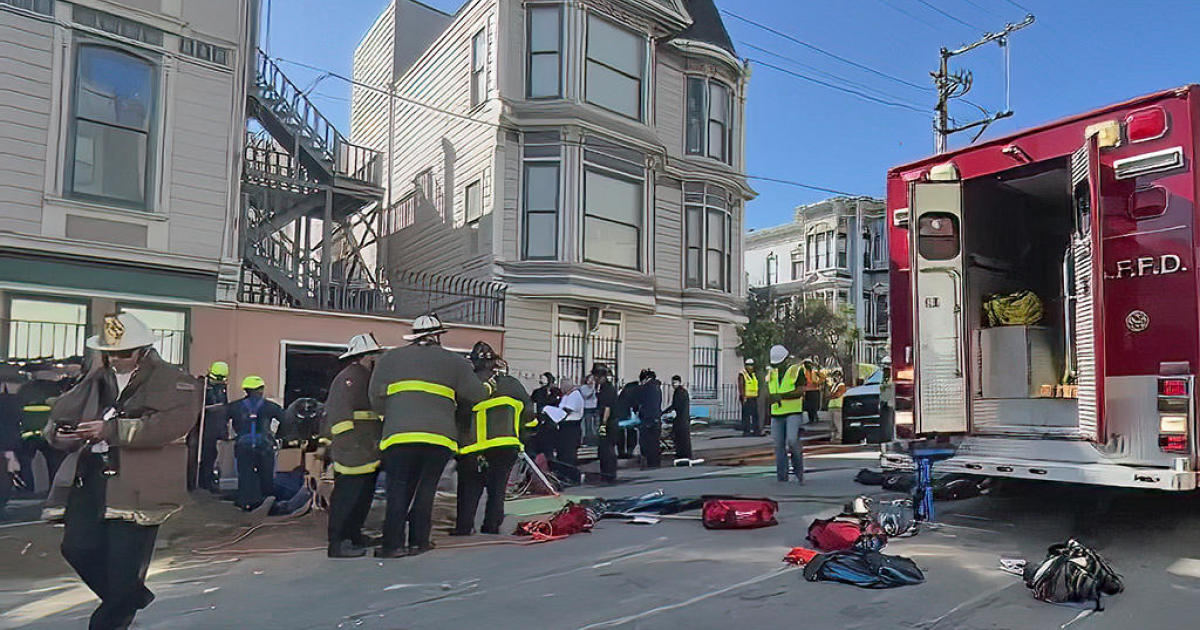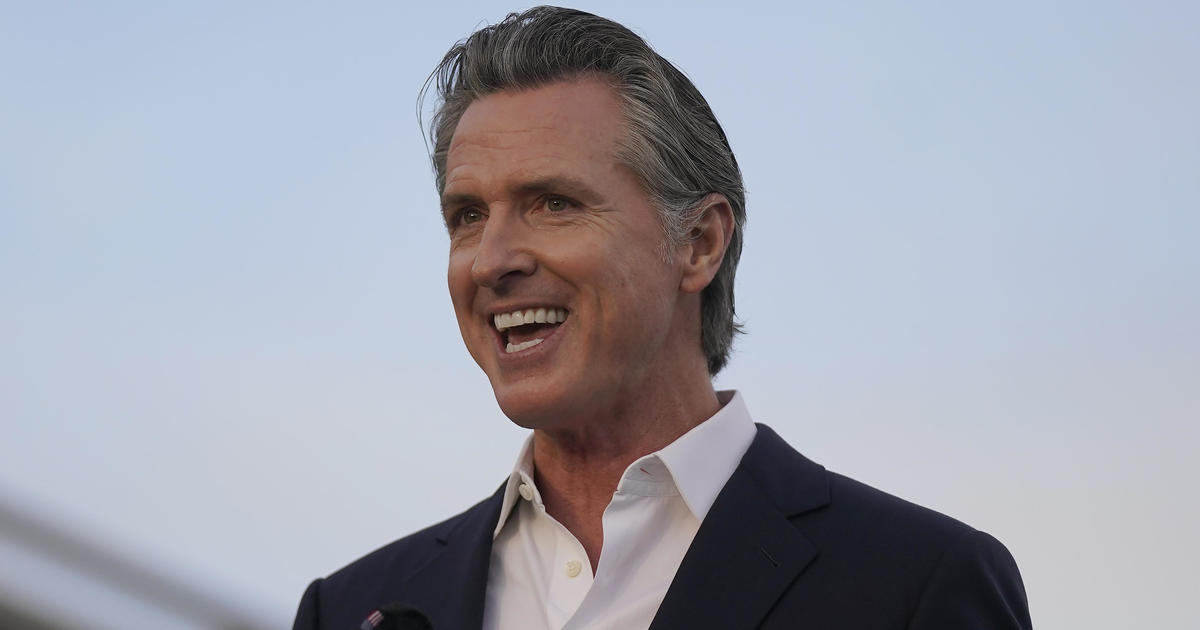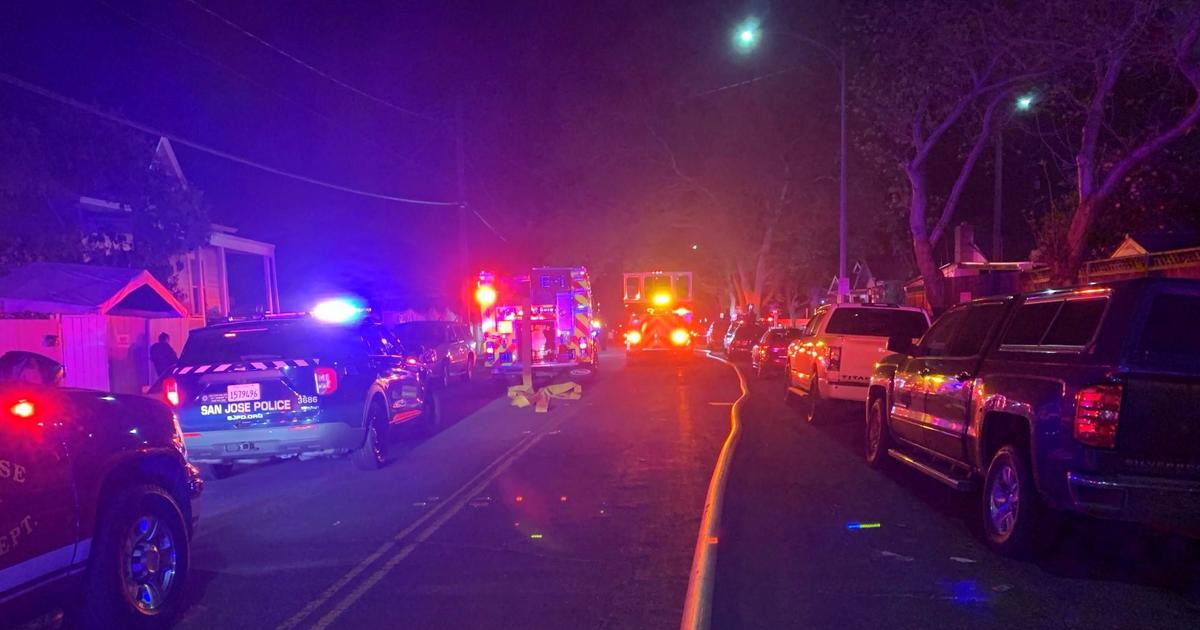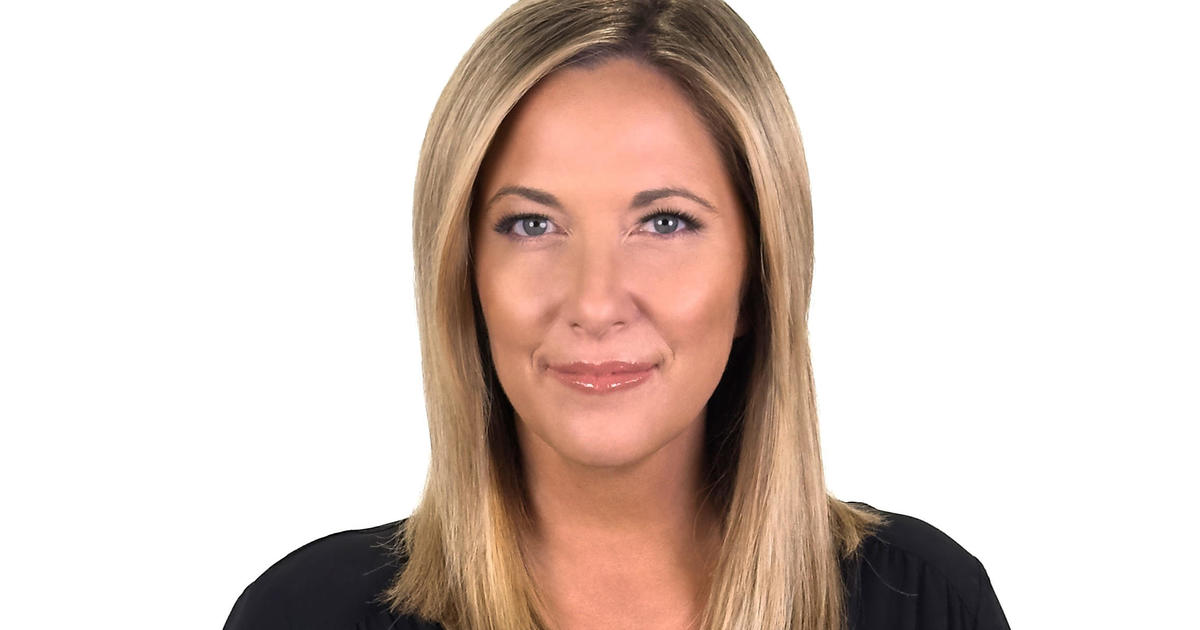COVID Vaccinations: Newsom Acknowledges Significant Issues With Vaccine Distribution
SACRAMENTO (CBS SF) -- Governor Gavin Newsom on Monday said that while the COVID-19 vaccine was providing California residents with hope, the state was "working aggressively" to address distribution issues while determining who would be getting the vaccine next.
California has administered just 35 percent of the COVID-19 vaccine doses it has received to date, Newsom said Monday.
The governor gave an update on the state's pandemic response amid concerns over the state's overloaded hospital systems in Central and Southern California as health officials anticipated a growing surge of cases from holiday gatherings last month.
Newsom said that the continuing distribution of the vaccine was giving health officials hope, but that there was much more work to be done to speed up the process of getting Californians vaccinated.
"Our energy and focus has also gone to this notion of light being at the end of the tunnel. Despite being in the tunnel, we recognize there is hope on the horizon," Newsom said.
The governor said that the state was also planning ahead in terms of funding for the continued distribution of the vaccine as officials started to work on the state budget for 2021-2022, allocating over $300,000,000 to cover the costs of information technology to manage distribution as well as the logistics, transportation and public education campaign.
The governor said that as of Monday, 1,297,000 doses of the COVID vaccine had received with 454,306 doses administered as of Sunday. The rest of the received doses are currently in storage or being distributed
An additional 611,500 doses are set to be shipped to the state, with second doses arriving this week.
Newsom said that addressing the slow pace of distribution was a top priority for health officials and his administration.
"We are working aggressively to accelerate our pace. It's gone too slowly. I know for many of us, all of us, I think," explained the governor. "We want to see 100 percent of what's received immediately administered in people's arms. And so, that's a challenge. A challenge across this country. It's a challenge, for that matter, around the rest of the world. But that's not an excuse."
"We've got work to do on this," Newsom added. "We'll work through that holiday and obviously as we move into January we want to see things accelerate and we want to see things move much faster."
Newsom also noted anecdotal evidence of some health care workers turning down their chance to receive the vaccine, but did not have hard data on just how many doses have been refused as the vaccines have been rolled out.
"Regardless of those that are unwilling to take the shot - their right - we have plenty of people that want to take that shot," Newsom said. "We're trying to address that concern without putting people in a position where they feel like they've done the wrong thing."
The 11-county Bay Area has already received 298,305 doses of vaccine from both Pfizer and Moderna, according to the state's Department of Public Health.
Doctor George Rutherford of UCSF called the process of distributing the vaccine -- not just in California, but the nation -- a Herculean task.
"You have to have people show up to get the vaccine. So they have to know when they're supposed to show up and where, You have to have the clinic apparatus set up in order to administer the vaccines and record the fact that people have been vaccinated," said Rutherford.
In terms of vaccine distribution, California is currently in what has been designated as Phase 1A that focuses on getting the vaccination to frontline health care workers and long-term care residents. Newsom said that Phase 1A is about 3 million people.
Newsom said plans for Phase 1B of distributing the vaccine, which were first discussed last week, will be updated Wednesday.
That phase will initially focus on "Tier One" recipients, getting the vaccine to people over age 75, education and childcare workers as well as those who work in the food and agricultural industries.
"Tier Two" of Phase 1B will distribute the vaccine to residents 65 and over, transportation and logistics workers, residential and commercial sheltering facilities and services, those working in "critical" manufacturing as well as the incarcerated and homeless.
Newsom said there were approximately eight million people to be vaccinated in Phase 1B.
The governor said he would provide more details on Phase 1C of the vaccine's distribution on Wednesday. That much larger cohort is represented by residents over age 50, those age 16-64 with underlying conditions and the disabled.
That cohort also includes those who work in water and waste management, defense, energy, communications, IT, financial services, chemical and hazardous materials, government operations and community service.
Newsom and state Health and Human Services Secretary Dr. Mark Ghaly said the state is also working to make its vaccination schedule somewhat flexible in the event the number of refusals begins to pile up.
The two said that would allow those with a lower vaccination priority level such as people between the ages of 50 and 74 to get vaccinated earlier than they would normally be eligible for.
The state is "clarifying the guidance that is already out that gives those vaccination sites flexibility to make sure they aren't wasting any vaccine and then also continuing to add more description to how we make sure we have people lined up in the case that there's some extra doses," Ghaly said.
Both Newsom and Ghaly said the vaccine distribution is still in its nascent stages and warned the state not to lower its guard.
"Even if 100 percent of the doses that California has received were in arms already, it would not be soon enough so we need to look forward to the vaccine and the solution that it's going to bring us as part of our mid-term and longer-term response but right now it's about reducing our individual and our community risk of transmission," Ghaly said.
Newsom also addressed the rise of a new more transmissible strain of COVID that has been found in California that was first reported on Friday.
He said that four cases have been identified in San Diego, leading to one hospitalization. An additional two cases have been identified in San Bernadino.
Newsom said data from the state's genomics testing on the UK variant is still being compiled as well as the new strain's contact tracing, and it's likely that more cases will be discovered in the state.
"We imagine - in fact, one should just anticipate - there'll be others identified and we'll know more about this in real time and hopefully late this afternoon, tomorrow, we'll be able to update you more on some of the latest genomics testing that's been done to understand more comprehensively," Newsom explained.
Earlier, Newsom opened his comments by announcing the latest COVID-19 case numbers, saying that the state had confirmed 29,633 new cases as of Sunday, though he cautioned that those numbers could be low.
"This is substantially lower than the 7-day average of 37,845. And I caution, as we work through the holidays, in particular, these case numbers appear to be low. They likely are on the basis of our collection and testing," said Newsom.
The governor noted that the average daily tests administered had also dropped below 300,000 to 285,500, also likely due to the holidays, but said that testing numbers were on the rise over the weekend.
Newsom said that the 14-day positivity rate in California was at 12.4% as of Monday, noting that the rate had remained relatively stable. Likewise, the state's hospitalization growth rate had flattened somewhat to about 18% over the past two weeks with a total of 21,128 cases on Monday.
"That is a more modest growth rate than we've seen in the past. We have foreshadowed this. We have socialized, based upon what we've seen in our own planning and our own modeling, an expectation of a lull before a surge on top of this surge," said Newsom. "This is not where you hold your breath; it's good news, nonetheless, that we're seeing this reduction in the growth rate in hospitalizations."
ICU rates showed a similar decline to 22% over the past two weeks. Still, Newsom said that the reduction in numbers should not obscure the exponential growth in cases that the surge has brought to the state, with hospitalizations and ICU cases rising exponentially since October.
"In hospitalizations, we've seen a seven-fold increase in just two months. In ICU admissions, we've seen a six-fold increase in just two months. It shows what can happen in a very short period of time," said Newsom.
In terms of available ICU capacity, Newsom said both the San Joaquin Valley and Southern California hospital regions remained at zero percent on Monday, while the Bay Area region's capacity rose slightly to just under 8%. The Greater Sacramento hospital region was at 12.1% and the Northern California region remained the only hospital region above the state's 15% ICU capacity threshold at 30%.
Ghaly reiterated that the state is anticipating higher case numbers in the coming week following the lag in holiday reporting, but noted the regional stay-at-home orders have been having an effect in slowing the rate of transmission.
"We do believe that the regional stay at home order, as well as our efforts together to message and make different choices, did make an important difference over the last few weeks to reduce that sort of curve, that very steep uptick, was flattened just a little bit," said Ghaly. "And I believe that we did buy ourselves a little bit of room, if you will, to see and be able to deal with what we have in front of us with this holiday surge."



